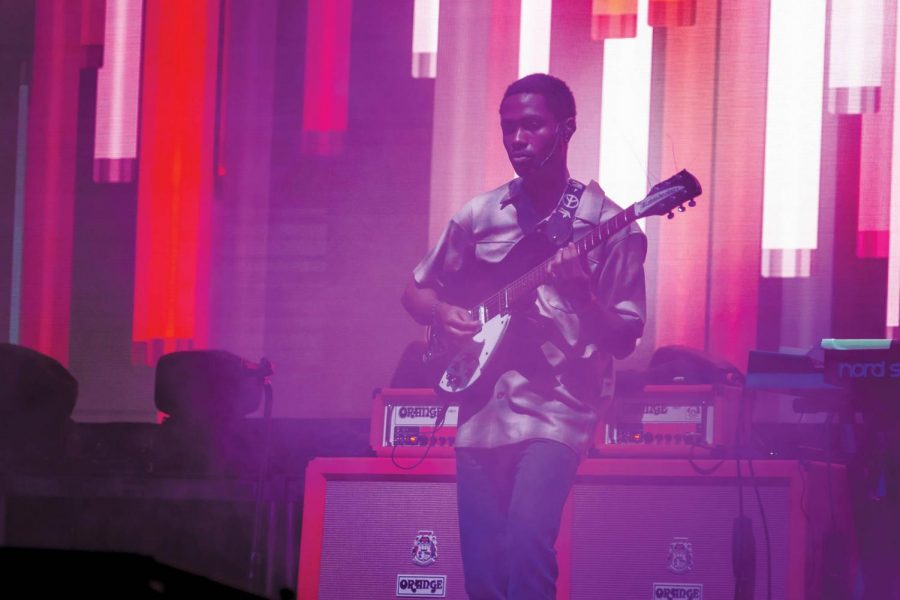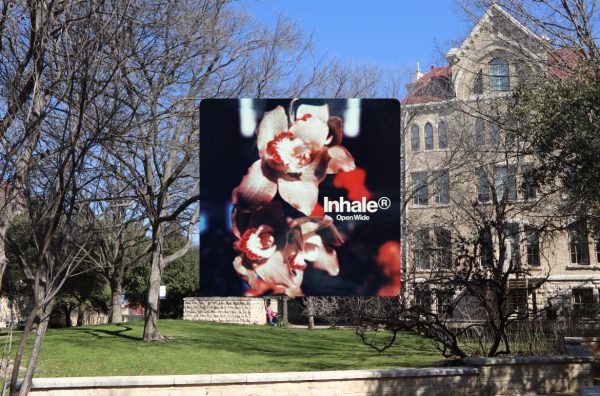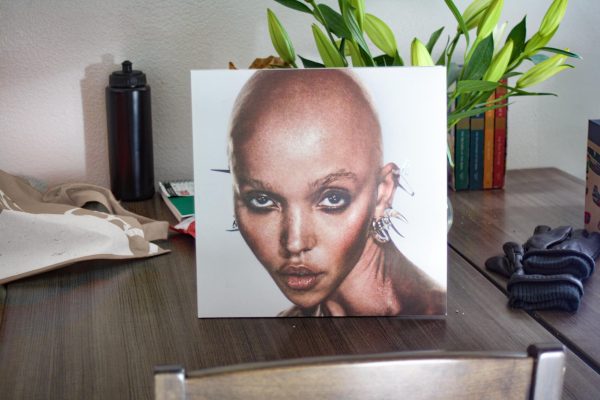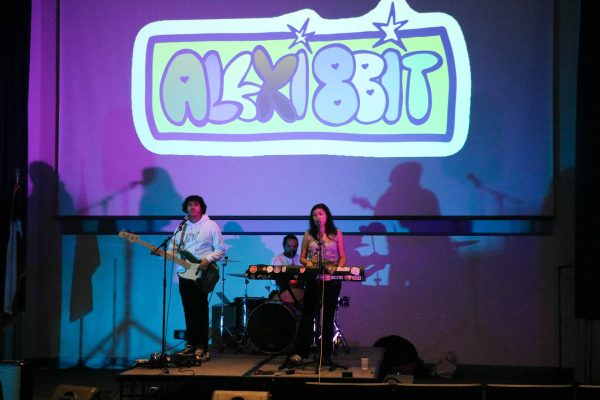Bedroom pop genre takes music industry by hazy, dreamy storm
Steve Lacey has produced for big names like Kendrick Lamar and J. Cole. He uses his iPhone as a personal studio.
Across all music platforms, the “do it yourself” ethos is ever present. Compelling and familiar come-up narratives recount musicians starting from the bottom, playing shoddy bars and hole-in-the-wall venues for countless nights, then somehow making their way up the ranks of recognition.
While this is an admirable pursuit, the music scene has recently welcomed a new wave of artists who do not know a world devoid of the internet, and the consequences are mellow, synthesizer heavy and reverb-rich. The rise of bedroom pop has gone from steady to exponential in a matter of years, and the definition of authentic music has undergone a substantial shift.
The bedroom pop phenomenon branched out from the aesthetic of lo-fi, or “low fidelity” music (a style in which music is recorded at a lower quality than contemporary standards), frequently lacing in elements of psychedelia like droning sounds and dreamy cadence.
Artists record at home, specifically in their own rooms, rather than traditional recording spaces. Whether intentional or not, the music isn’t always clean-cut, often including audible harmonic dissonance or misplayed notes backed by an atmospheric soundscape.
In the past, the idea of creating quality music consisted of renting expensive studio spaces, contact with high-profile producers and a large reservoir of resources. Bedroom pop artists take a much more subdued approach. Rather than focusing on sleek technicalities, they opt for imperfections and raw artistry.
When you look at an artist like Steve Lacy, a pioneer of the genre who has worked with industry big shots like Tyler, The Creator, The Internet and Kendrick Lamar, it’s hard to believe that much of his music has been recorded on an iPhone. Yes, you read that correctly.
“I wanted to make the best possible project that I can with this little thing,” Lacy said in a 2017 TEDXTeen Talk. “Just use what you have, you know?”
This is the very essence of bedroom pop, as artists have limited tools to work with. Lacy, who has gained a Spotify following of nearly two million, went on to speak about the power of the DIY approach in spite of technological limitations, a method which he calls “the bare maximum.”
“I just realized that I didn’t need what I thought I did,” Lacy said, clearing the air of recording stereotypes. He used what was available to him to hone skills that would eventually place him at the forefront of the industry.
As the age of information pumps out global content, inspiration of all sorts is readily accessible. As a result, young musicians well acquainted with the internet can easily learn to record their own music using online software on their own accord. One thing’s for sure: these artists play by a new set of rules.
In the era of Youtube, Soundcloud and Bandcamp, means of sharing creative work are ever-fluid. As Soundcloud rappers urge their public audiences to “check out their mixtapes,” musicians of other kinds promote just as ubiquitously across sites.
A Spotify playlist simply titled “Bedroom Pop” now has a following of over 300,000 and features popular artists like Clairo and Cuco. Other up-and-coming artists like Jakob Ogawa, Still Woozy, Good Morning and Puma Blue also make an appearance.
Many fellow bedroom pop artists are good friends, and have established strong support systems among each other. Musical groups Inner Wave, Banes World and Michael Seyer hit the road this past summer on their “Dog Days” tour.
In an Austin Chronicle recap of their show at Spider House Ballroom, Jeremy Steinberger describes the three bands as the very definition of bedroom pop, deeming the genre a response to music’s “auto-tuned quest for infallibility.”
The bands serve as a prototypical triad of the genre itself, highlighting staple bedroom pop characteristics of nostalgia, hypnotic instrumentals and unconventional vocals. And fans cannot get enough. The tour attracted large crowds, packing dozens of venues across the country—all for a group of young guys whose humble beginnings arose from their humble abodes.
The inspiring feature of this newly prevalent genre lies in its ability to energize musical creative ambition. Young musicians who may not possess top-notch software or classical training are given the chance to share their content with the world with a personal, often emotionally charged touch. There is a certain intimacy to it all, making bedroom pop a breath of fresh air in a convoluted, formulaic industry.
The bedroom pop phenomenon underscores the power of the young creative. The creation of quality, ear-catching tunes is no longer reserved to those equipped with vast resources, but to the common music lover unafraid of taking an independent approach.
Bedroom pop has sparked a shift in the cultural perspective of what it means to be a musician. Is a teenager—yet to graduate high school at the time, might I add—with a simple iPhone-recorded-beat capable of a Grammy nomination? Steve Lacy can attest to this, and many other artists seem to be making strides on the path he and others before him have paved.

Hey everyone! My name is Gianni Zorrilla. I study communication and journalism and digital media here at St. Edward’s and am one of the Editors-in-Chief...











